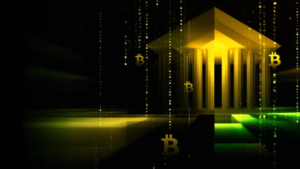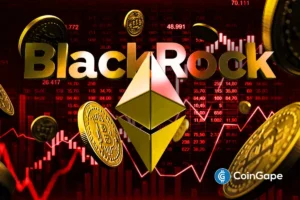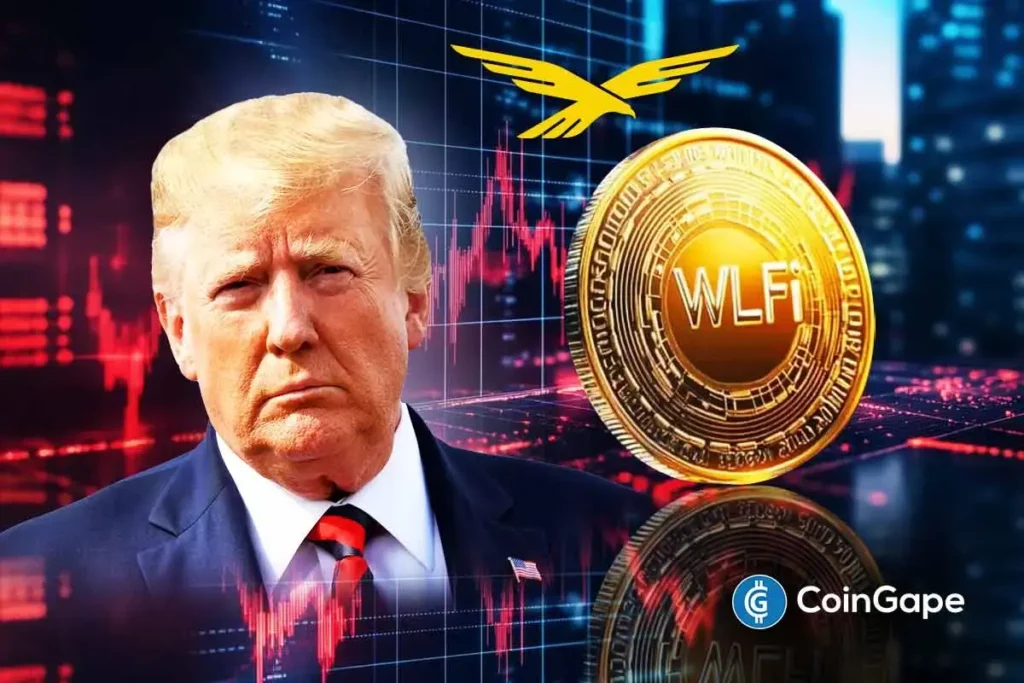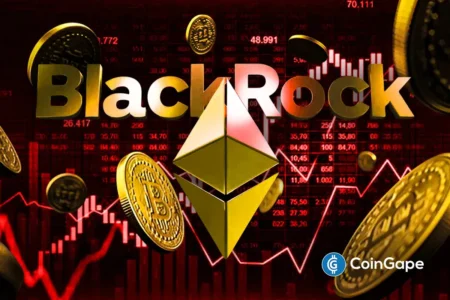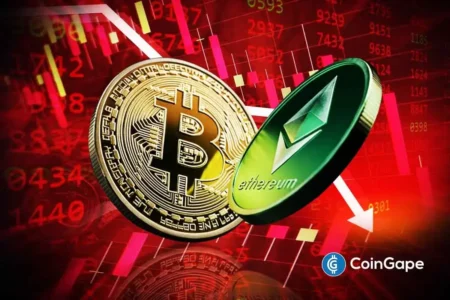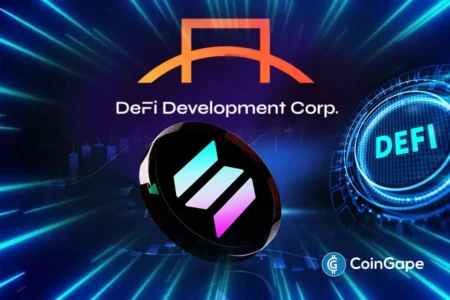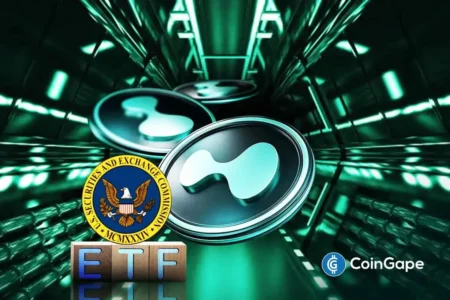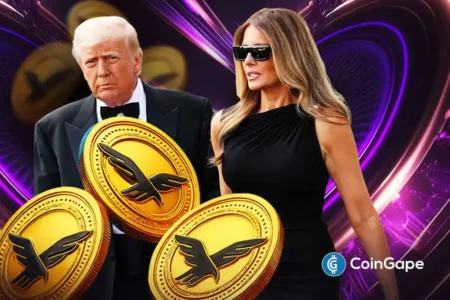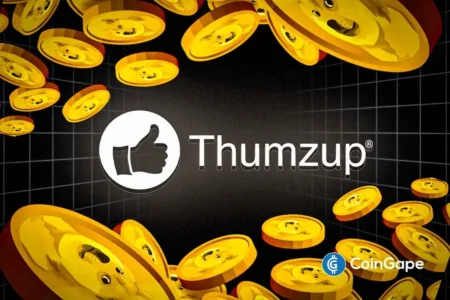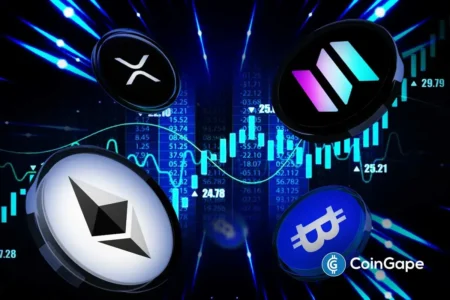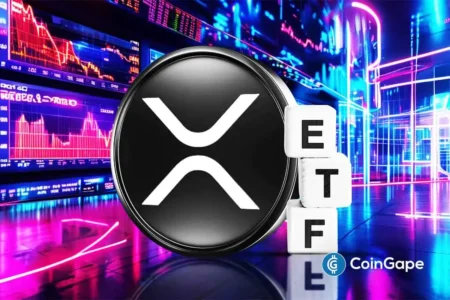WLFI Token Signals Price Rebound Amid Strategic Proposals
The WLFI token, supported by the Trump brand, is currently exhibiting signs of a price recovery after navigating a period of turbulence. The recent fluctuations come on the heels of World Liberty Financial announcing a strategic initiative that aims to channel 100% of its treasury liquidity fees into a buyback and burn program. This approach is designed not just to stabilize the token’s price but also to enhance its long-term value proposition for holders.
Rebound from a Price Decline
Recent trading data indicates that WLFI experienced a 3% increase in value over the past 24 hours. This rebound follows a significant downward trend comprising a 10% drop over the last month and a staggering 40% decrease since its initial launch. WLFI reached an all-time low of $0.1614 before recovering to nearly $0.2, albeit nearly 50% below its peak value of $0.46, which was recorded in early September. The primary reasons for the price decline include investor violations of the token’s no-sale policy, notably involving Justin Sun, whose alleged sale of $9 million worth of tokens prompted the team to freeze his wallet. This action affected approximately $3 billion in unlocked and locked assets, temporarily relieving downward pressure on WLFI’s market price.
Strategic Moves and Investor Commitment
In response to the market turmoil, Justin Sun committed to purchasing WLFI tokens valued at $20 million, which ignited speculation about his ongoing involvement in the project. This commitment aligns with the broader sentiment of high expectations surrounding WLFI, particularly due to its connections to prominent figures such as Donald Trump. The leadership team of World Liberty Financial has also introduced new token management strategies aimed at enhancing market performance, which is crucial for regaining investor confidence.
Buyback and Burn Program Proposal
In a calculated effort to mitigate stagnant price movements, World Liberty Financial has introduced a buyback and burn initiative. This program is structured to utilize fees generated from liquidity operations to acquire tokens in the open market, which will subsequently be sent to a burn address. The outcome of this proposal would be a gradual reduction in the total supply of WLFI tokens, enhancing scarcity and potentially driving up demand over time.
Community feedback on this initiative has been overwhelmingly positive, with more than 99% of governance votes supporting the proposal. Advocates believe that this strategy will result in long-term price appreciation for token holders. Since the project’s inception, about 47 million of the total 24.6 billion WLFI tokens have already been burned, with all transactions documented on-chain to maintain transparency.
Strong Market Presence and Future Prospects
At launch, WLFI secured listings on major exchange platforms such as Binance, KuCoin, and Bitget, which significantly bolstered its liquidity and attracted retail investors. Initial trading volumes exceeded $580 million shortly after launch, with a substantial investment influx from regions like Asia and the Middle East—areas where blockchain projects associated with well-known figures often gain robust traction.
Additionally, World Liberty Financial has introduced its stablecoin, USD1, operating on the Solana blockchain, which further strengthens the bullish narrative surrounding WLFI. The synergistic advantage of having a stablecoin integrated into the ecosystem can enhance the appeal of WLFI, providing a variety of options for users.
Path to Recovery and Investor Confidence
The proposed buyback-and-burn strategy has reinvigorated investor interest and provided WLFI with the momentum needed to approach previous high values. As the token manages to stabilize its price following the rapid fluctuations and negative sentiment from previous weeks, the focus turns toward executing the proposed strategies effectively. Continued community support will be essential for the future trajectory of the token, as a concerted approach towards enhancing its value could help restore investor confidence.
As WLFI strives to regain its position in the market, the commitment of its backing figures and the governance directives set in place will be pivotal. Moving forward, successful implementation of the buyback and burn program could also set a precedent for other tokens aiming to enhance value through similar mechanisms.
In conclusion, WLFI’s potential for recovery lies not only in its community backing and strategic proposals but also in its alignment with broader market trends. Investors and stakeholders are keenly observing its moves, with hope riding on the effective execution of its proposed buyback and burn initiatives. As the cryptocurrency landscape continues to evolve, World Liberty Financial’s adaptability and innovative strategies could pave the way for sustainable growth in the competitive crypto space.

